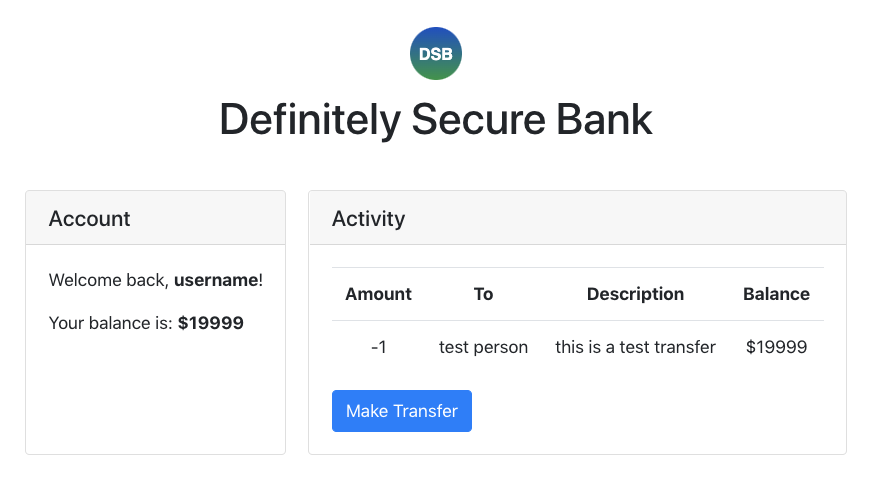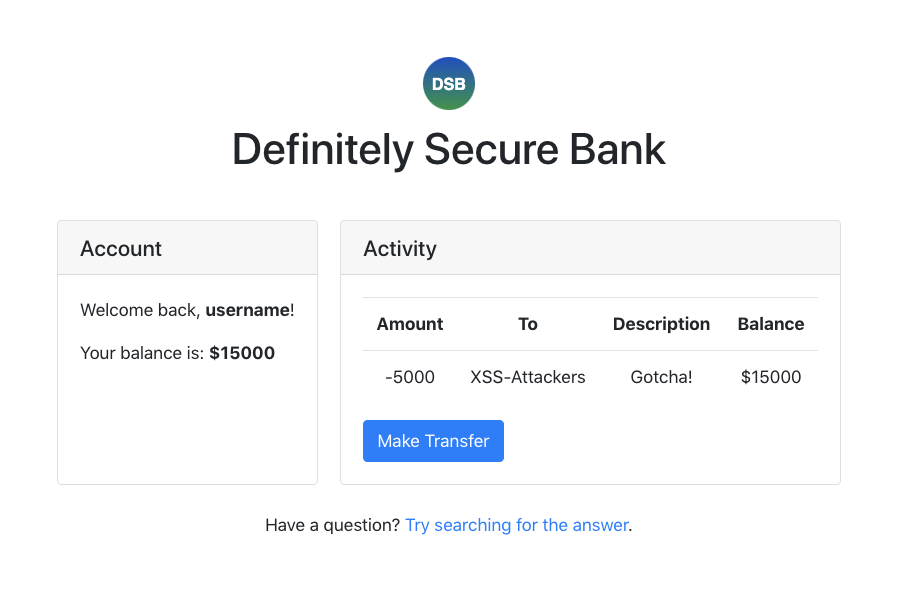14 DevSecOps Tools and Trends You Should Know
Where will DevOps go next?

DevSecOps is a software development methodology that merges three important fields: development, security, and operations. The goal in DevSecOps implementations is to ensure all of these fields are being prioritized. DevOps pipelines often compromise security for fast delivery, but DevSecOps pipelines are designed to ensure both objectives are met.
To ensure productivity and collaboration, teams typically leverage a comprehensive stack of DevSecOps tools. This article examines key DevSecOps technology trends impacting pipelines, and offers a brief overview of top DevSecOps tools currently available for free or as paid offerings.
How Can DevSecOps Improve the Security and Speed Of Software Delivery?
DevSecOps is an extension of DevOps practices that incorporates security. The purpose of DevSecOps is to shift security left in the DevOps lifecycle. This shift can help teams catch security issues sooner, reduce the need for corrections, and improve the overall security of projects.
The greatest barrier to DevSecOps collaboration is that teams must account for seemingly opposing goals. The primary goal of most teams is to speed development and release processes. However, with DevSecOps, this must be done while still taking the time to ensure that applications are deployed securely and that code is free from vulnerabilities.
A solution for this is to create a culture where security is treated like code. This means that developers must consider security aspects and implement those aspects in the same way as any other best practice. It also means security members are responsible for building security tooling and tests into existing pipelines and practices. The more aspects of security that are automated, the more reliably it can be implemented.
DevSecOps Technology Trends
Several technology trends are driving or being driven by the push for DevSecOps adoption. These trends can help teams accomplish the goals of DevSecOps and ensure that application security increases.
Container security
Frequent use of containerized architecture for microservices have made container security a top priority for many organizations. Incorporating security into DevOps deployments helps teams ensure that containers are deployed with secure settings. It also enables teams to benefit from the isolation that containers provide without sacrificing visibility since security members can ensure monitoring from the start.
Development of coding skills
Shared coding knowledge is key to effective DevSecOps deployments. Operations members typically need to be able to understand and define infrastructure as code (IaC). Security members need to be able to evaluate code and identify vulnerabilities, write tests for source code, or deploy tooling using IaC solutions.
Developers also need to boost their skills since in DevSecOps pipelines they are responsible for implementing security practices. For example, by avoiding programming vulnerabilities like hardcoding.
Machine learning (ML)
ML is being incorporated into testing and automation. In DevSecOps environments it can be used for service discovery to ensure that monitoring is comprehensive, in the detection of threats, or in the automation of testing suites. DevSecOps teams are incorporating and relying on machine learning to increase speed and quality simultaneously to ensure that nothing is missed.
Functions-as-a-Service (FaaS)
Functions as a Service enable teams to deploy applications and services without having to worry about infrastructure. This allows teams to focus on application front ends, ensuring that components are secure and reliable. FaaS implementations can be a good alternative to traditional infrastructure during testing or for infrequent or short term processes. At the same time, there are special considerations for serverless monitoring that DevOps teams should be familiar with.
Top DevSecOps Tools You Should Know
When implementing DevSecOps, there are a number of tools you can choose to incorporate. Below are a few of the most popular to consider.
Security Testing
Application security (AppSec) tools such as DAST and RASP can help automate tests, enable tests to be written without code, or perform penetration testing.
Checkmarx
Checkmarx provides a proprietary suite of testing tools, including:
- A software security platform
- Tools for static application security testing (SAST)
- Software composition analysis (SCA)
- Interactive application security testing (IAST)
In addition, Checkmarx offers a tool for secure coding education. Teams can use Checkmarx tools to scan source code, scan applications during runtime, inventory and evaluate software dependencies, and improve code security practices. The tools offer role-based access controls and automation that can be integrated with GitHub, GitLab, BitBucket, and Azure DevOps.
BDD Security
BDD Security is an open source security testing framework. It is based on behavior driven development (BDD) practices and enables you to define self-verifying security standards. BDD Security integrates a number of other testing tools, including Selenium WebDriver, SSLyze, OWASP ZAP, and Nessus scanner. You can use it to test APIs and web applications.
Fortify
Fortify is a proprietary SAST platform. You can integrate it with build, testing, and deployment tools and use it to scan code in Eclipse or Visual Studio integrated development environments (IDEs). Fortify enables you to ensure compliance with known standards, including PCI DSS and the OWASP Top 10. It also includes features for automation, audit assistance, and integration with CI/CD tooling, including Jira, Jenkins, and GitHub.
Repos and Source Control
Code and artifact repositories and source control protocols are key to ensuring that a secure build is always available.
GitGuardian
GitGuardian is an open source tool that you can use to monitor your repositories and detect exposed secrets. It works for both internal and external repositories, including public repositories that are not controlled by your organization. GitGuardian can detect API keys, SSL certificates, credentials, copyrighted code, and database connection strings. It also enables you to create custom filters for proprietary secrets.
GitLab
GitLab is a freemium solution for managing git repositories. It includes features for issue tracking, code reviews, wikis, and activity feeds. You can use it to audit compliance and granularly manage your access controls or reporting. GitLab also enables use cases of end-to-end CI/CD pipelines and value stream management.
Threat Scanning and Prevention
Scanning and prevention tools help you evaluate applications during testing and runtime. A new generation of threat prevention tools uses XDR capabilities to combine data from all layers of the IT environment.
WhiteSource
WhiteSource is a proprietary platform for securing open source components. It includes features for SCA, license compliance tracking, reporting, vulnerability database ingestion, and automated fix pull requests. WhiteSource can be integrated into your CI/CD pipeline. You can use it to ensure that your open source dependencies are up to date and consistently governed.
Chef InSpec
Chef InSpec is an open source tool that you can use to automate compliance testing. The tool is platform agnostic, enables local and remote testing, and is based on an extensible language. InSpec enables you to treat your security and compliance requirements into code using IaC practices.
ThreatModeler
ThreatModeler is a proprietary tool you can use to automate threat models in the cloud. It includes a bi-directional API and is based on reusable templates. ThreatModeler can help you identify, predict, and define threats, enabling proactive security. You can integrate it with existing CI/CD tools, including Jira and Jenkins.
Cloud Native Security
Cloud native security tools help you ensure security for cloud native applications and cloud infrastructures.
Twistlock
Twistlock is a proprietary security platform that you can use to protect hosts, serverless components, and containers. It is a full-stack solution, designed to protect components throughout their lifecycle with automated, ML-based policies. It includes features for build vulnerability scans, compliance auditing, and runtime defenses.
Aqua Security
Aqua is a proprietary platform focused on securing network access and application images. It is designed to help you secure serverless, VM-based, and containerized applications and infrastructures. Aqua includes features for compliance auditing, vulnerability management, runtime protections, secrets management, CI/CD scanning, and dynamic application analysis.
Conclusion
The tools you introduce into your pipeline determine how your team works, collaborates, releases, secures, tests, and updates software components. To ensure compatibility with human and machine resources, you should introduce the tools that suit your environment and work methodologies. If a DevSecOps tool requires the acquisition of skills, you should allocate time for training, to help all parties involved adjust to new technologies.


